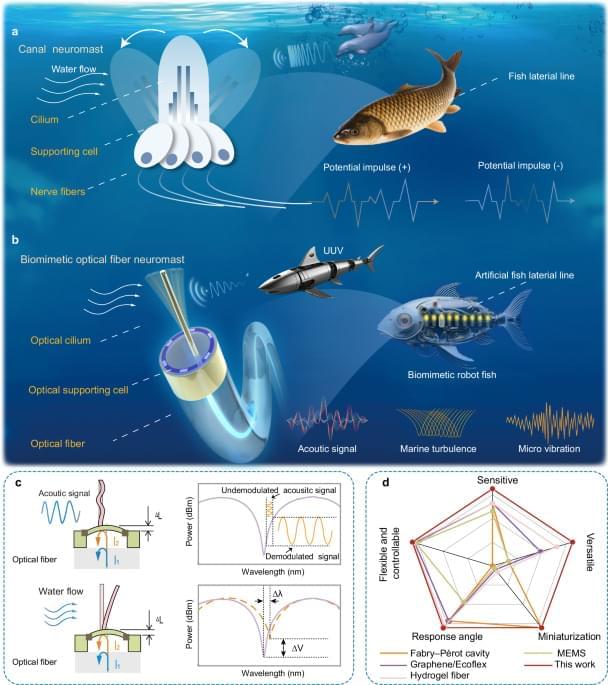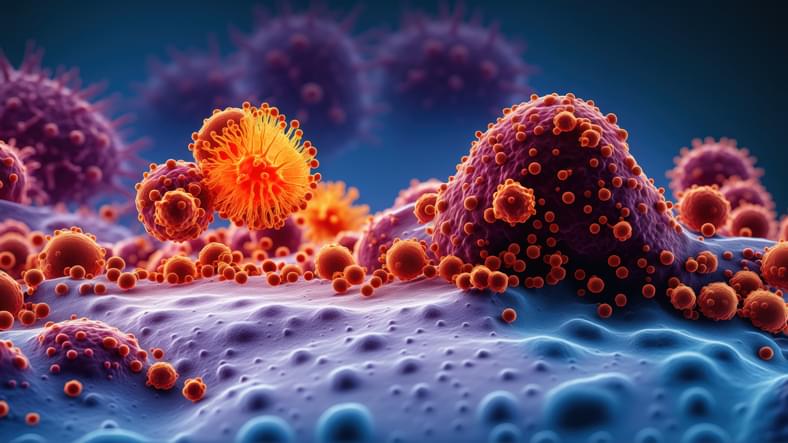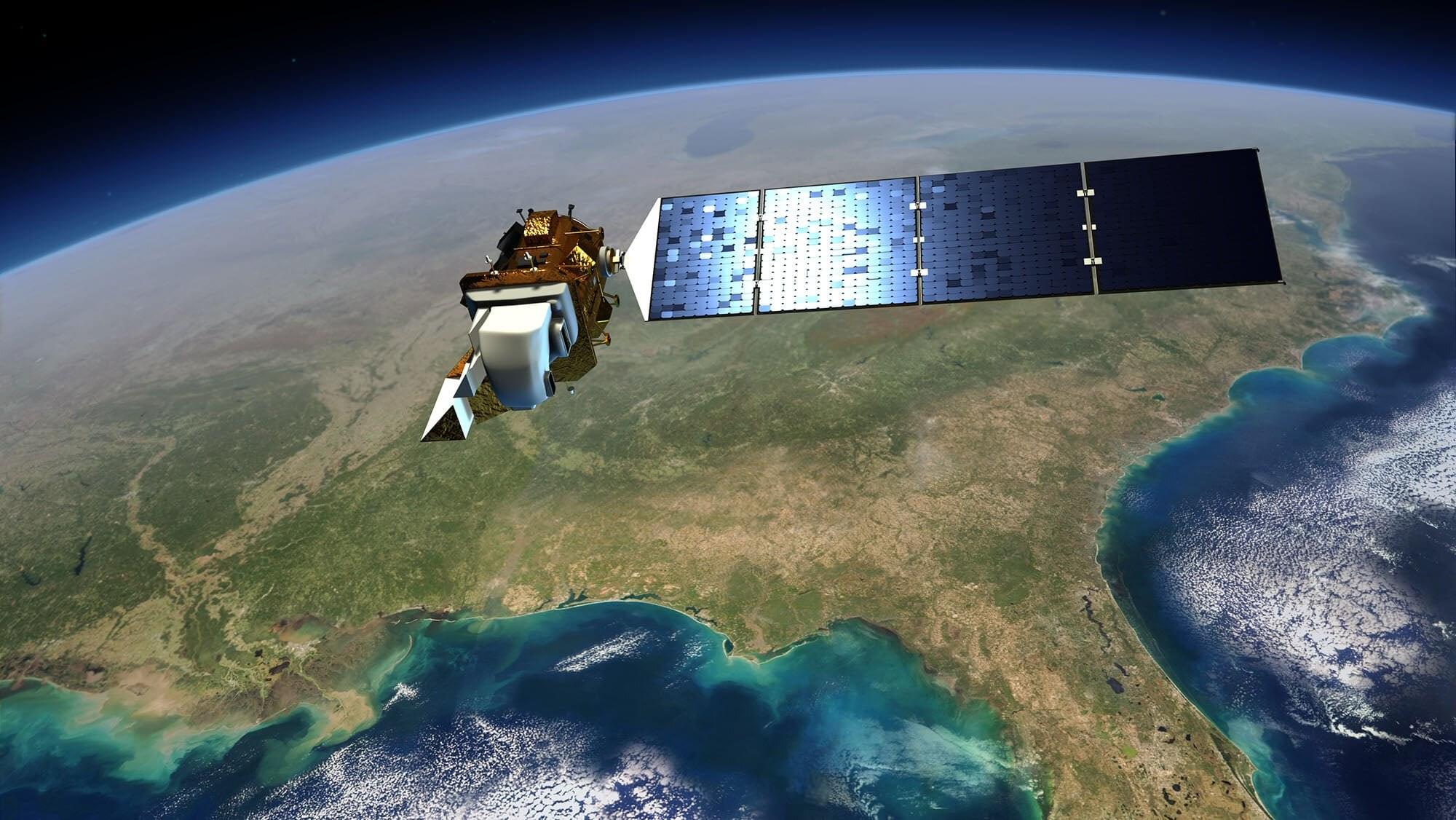Inspired by fish sensory systems, the authors develop a 3D-nanoprinted optical neuromast that enables sensitive, multifunctional underwater detection and communication, opening pathways for marine exploration and monitoring.


Use code INTECH at the link below and get 60% off an annual plan: https://incogni.com/intech.
Timestamps:
00:00 — New Microchip Explained.
08:46 — How This Chip Works.
13:49 — Main Applications & Challenges.
Let’s connect on LinkedIn: https://www.linkedin.com/in/anastasiintech/
My Podcast on Apple: https://podcasts.apple.com/at/podcast/deep-in-tech/id1829970978
My Podcast on Spotify: https://open.spotify.com/show/3drr7A8j2t4rz4dFcvOxxd.
Newsletter: https://anastasiintech.substack.com.
Instagram: https://www.instagram.com/anastasi.in.tech/
Patreon: https://www.patreon.com/AnastasiInTech




Rising concentrations of carbon dioxide in the upper atmosphere will change the way geomagnetic storms impact Earth, with potential implications for thousands of orbiting satellites, according to new research led by scientists at the U.S. National Science Foundation National Center for Atmospheric Research (NSF NCAR).
Geomagnetic storms, caused by massive eruptions of charged particles from the surface of the sun that buffet Earth’s atmosphere, are a growing challenge for our technologically dependent society. The storms temporarily increase the density of the upper atmosphere and therefore the drag on satellites, which impacts their speed, altitude, and how long they remain operational.
The new study used an advanced computer model to determine that the upper atmosphere’s density will be lower during a future geomagnetic storm compared with a present-day storm of the same intensity. That’s because the baseline density will be lower, and future storms won’t increase it to levels as high as what occurs with storms currently.
Humans are one step closer to traveling at faster-than-light speeds.


We demonstrate dynamic control of ferroelectric order in quasi-2D CsBiNb2O7 using twisted ultraviolet light carrying orbital angular momentum. Our approach harnesses non-resonant multiphoton absorption and induced strain to modulate topological of ferroelectric polarization textures. In-situ X-ray coherent imaging and Raman spectroscopy reveal reversible, nanoscale polarization transitions, enabling efficient stabilization of topological solitons and paving the way for novel optoelectronic devices.

Just as overlapping ripples on a pond can amplify or cancel each other out, waves of many kinds — including light, sound and atomic vibrations — can interfere with one another. At the quantum level, this kind of interference powers high-precision sensors and could be harnessed for quantum computing.
In a new study published in Science Advances, researchers at Rice University and collaborators have demonstrated a strong form of interference between phonons — the vibrations in a material’s structure that constitute the tiniest units, or quanta, of heat or sound in that system. The phenomenon where two phonons with different frequency distributions interfere with each other, known as Fano resonance, was two orders of magnitude greater than any previously reported.
“While this phenomenon is well-studied for particles like electrons and photons, interference between phonons has been much less explored,” said Kunyan Zhang, a former postdoctoral researcher at Rice and first author on the study. “That is a missed opportunity, since phonons can maintain their wave behavior for a long time, making them promising for stable, high-performance devices.”
Rice researchers have demonstrated a form of quantum interference two orders of magnitude greater than any previously reported.